The Historic Landmarks Commission has offered Design Advice to SERA Architects for a renovation of the Tuck Lung building in Chinatown. The project would involve substantial exterior alterations, designed to make the currently vacant ground floor retail space more attractive to potential tenants. An existing medical clinic, which occupies the second floor and a portion of the ground floor, would remain.
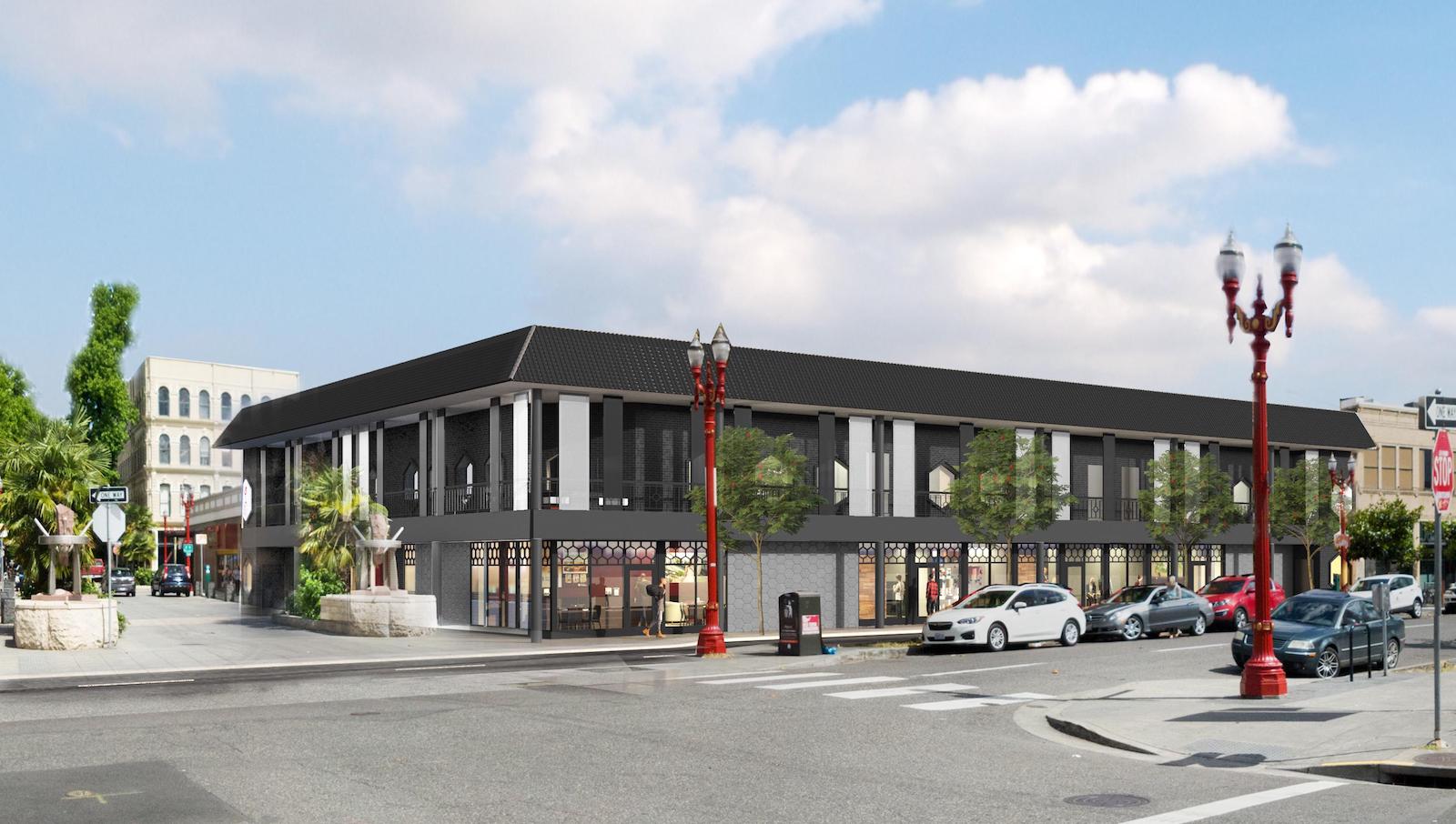
The roughly quarter block Tuck Lung building, located at 140 NW 4th Ave, is one of the newer buildings in Portland’s New Chinatown / Japantown Historic District. Built in 1978, it is one of only two buildings in the district that was originally designed by and built for members of the Chinese community. When it first opened it was home to the Tuck Lung Co. Grocery and Restaurant, a 16 year old business owned by Albert Wong. The building’s designer, Edwin Chen, included numerous references to traditional Chinese architecture in the facade, including the Tang dynasty inspired hexagonal windows, red and gold columns, and a moon gate corner entrance.
The Tuck Lung Company closed in 1993. The ground floor of the building was most recently occupied by the Royal Family Ginseng Plaza mini mall, which closed in 2008. The space has been vacant since then. In mid-2017 the entire building was acquired for $8.25 million by Guardian Real Estate Services, who also own the adjacent Old Town Chinatown Block 33.
Design Advice #1
At the project’s first Design Advice hearing, held on August 21st 2017, a design was presented that included adding new storefront windows at the ground floor and removing the existing clay tile roof. The upper story balconies would have been screened with Japanese inspired wood slats. Existing brickwork would be painted a dark gray color.
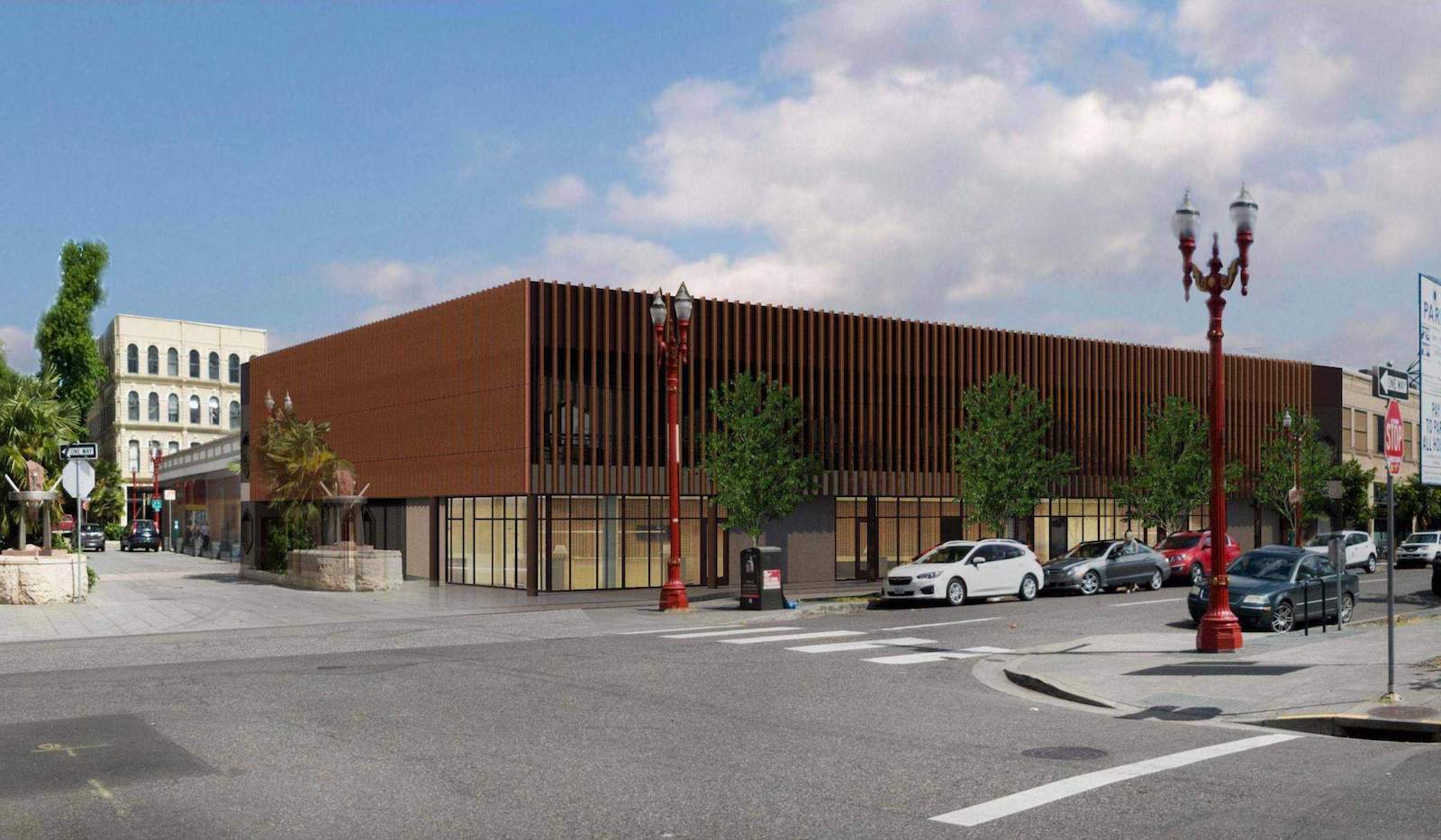
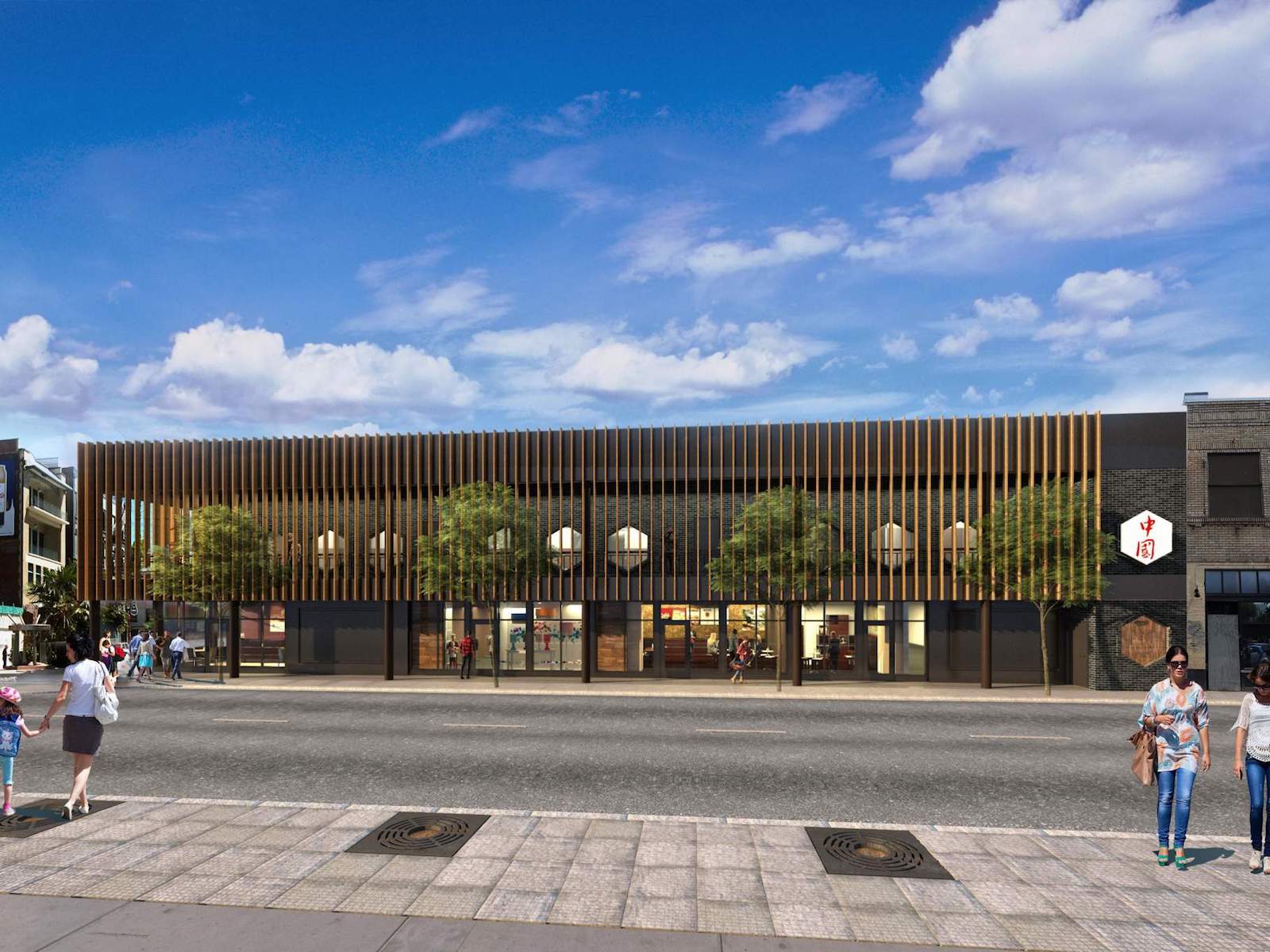
While the Landmarks Commission welcomed efforts to open the building to the street along NW 4th Ave, they expressed concerns about the removal of much of the building’s Chinese character. Particular reservations were expressed about the second level screening, due the fact that it would introduce Japanese inspired elements to a building primarily associated with the Chinese community.
Design Advice #2
At the second Design Advice hearing, held on September 8th 2017, the applicants made revisions to the proposal in response to the Commission’s concerns. These included the retention of the clay tile roof, which would instead be painted. As a way to reference an existing motif in the building hexagonal muntins were proposed in the storefronts transoms and a cast hexagonal pattern was proposed in the new concrete shear walls. The wood slat screening at the second floor balcony was removed, and replaced with more subtle banner like screens.
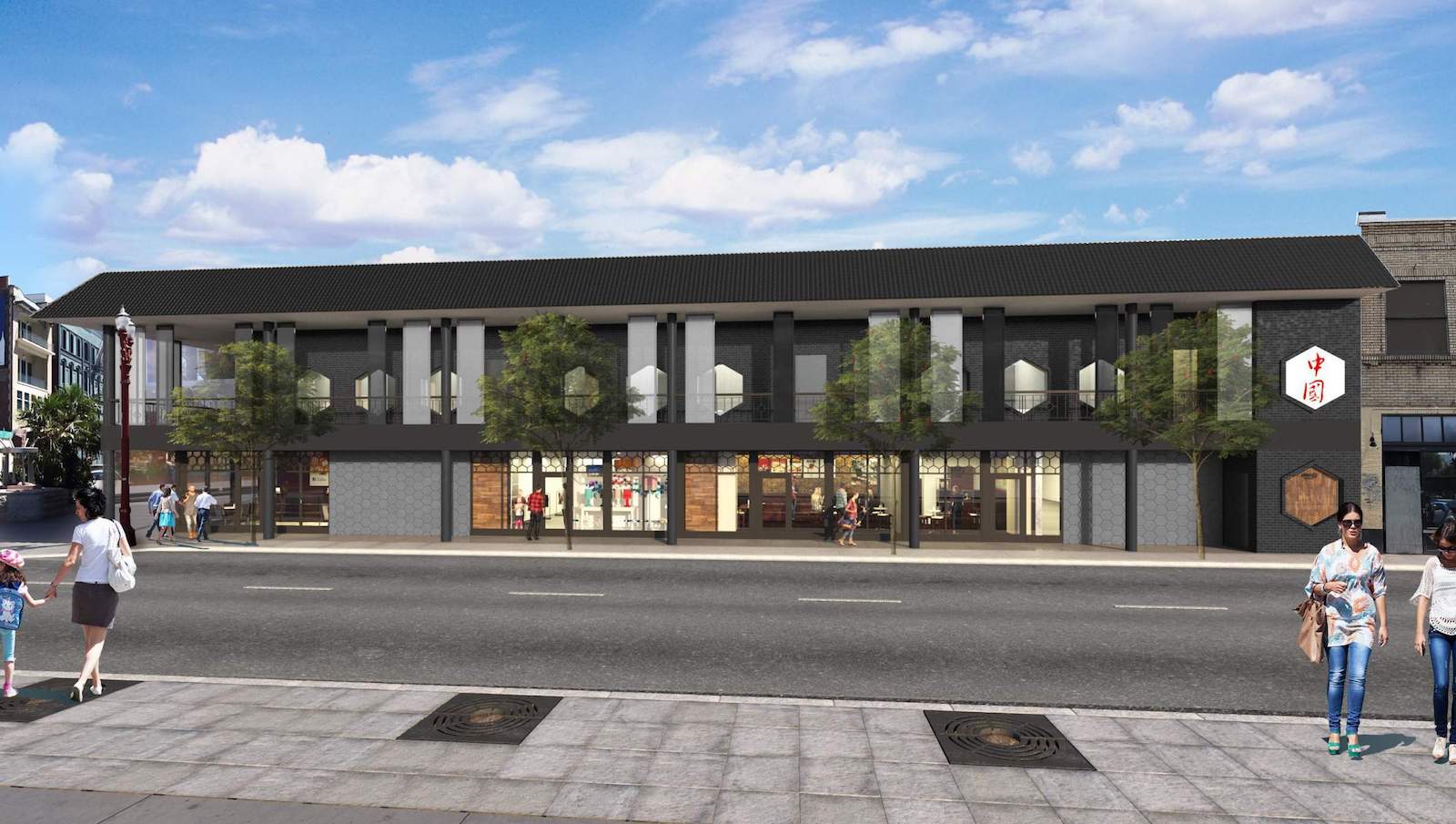

As summarized in a staff memo, the Commission generally welcomed the revisions made in the second iteration of the design, though continued to have concerns about the degree to which the changes made the building appear less Chinese in character. Particular reservations were expressed about the painting of the brick, which is discouraged by the Chinatown Design Guidelines. Some members of the Commission suggested that staining the brick might be appropriate. There was also skepticism expressed about whether it would be technically possible to paint the clay tile roof.
As of October the project was on hold, per a report ($) in the Daily Journal of Commerce. The project owner believed that it would be difficult to get Landmarks Commission approval for alterations they wished to make. The developer may instead choose to wait until a time when they are ready to construct a new building on the site.
If the project does move ahead it will be required to go through a Type III Design Review, with public hearings in front of the Historic Landmarks Commission.
Drawings
- Plan – Ground Floor (Existing)
- Plan – Second Floor (Existing)
- Plan – Ground Floor (Proposed)
- Elevations (Proposed)
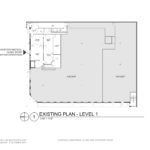
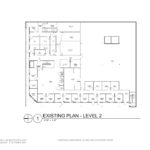
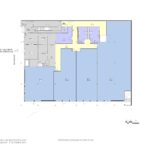
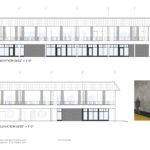
Why?? What’s wrong with people? These design changes are fucking ugly! It’s a Chinese-inspired building in Chinatown, so why do people want to make it as ugly and bland as most modern architecture? Let is retain its character! And why do the designers always insist on dark colors in a city that is cloudy and rainy (setting aside how climate change seems to be altering that) half the year? It looks so drab. All the white, red and gold now make it stand out and look interesting against and otherwise rundown part of town. The present building invites admiration, and it would invite more with some renovation. These new designs are just an effect for the building to go unnoticed. Also, bare concrete is never nice. Concrete is not pretty and never, ever will be. I hate concrete walls on buildings! And why is everyone afraid of red bricks? Nearly every building now that wants brick tries to avoid traditional red. Are they afraid of the color? Red brick is so nice looking. You could even say it’s organic-looking. It brings color on a dreary day or on a sunny one. White, tan and beige bricks are just boring and ugly.
Yeah, yeah, I know I’m coming off as a snob. I don’t really get much about architecture, but I know what I hate: anything after the Depression. I don’t think changing the façade of the building will make the thing more attractive to business. The problem is that Chinatown isn’t the nicest part of town, so people are reluctant to wonder around it much of the time. Clean up Old Town/Chinatown, get the bums and druggies and crazies off the streets, and that will change. Also, the neighborhood needs more housing. Without residents, the number of businesses will be limited, as will the eyes on the street.
But please, stop making decent looking buildings ugly. Modern chic isn’t pretty, it’s just blandly inoffensive with some sharp coloring that is interesting for only a moment. Everyone knows this building as it is. If the current redesign goes through, hardly anyone will even notice it.
This guy is right. Ever single sentence is on the mark. We’re slowly losing the character of our city to these developers that want to make every building “hip” and “modernized.” Please stop defacing our city for the sake of making it new! Everything was once new and we need to treat these buildings with respect towards its cultural value it once, and still does have on our city. There is a reason there are a minority of 1950s-> buildings on the National Historical Preservation. They don’t hold value in our communities. It’s like these firms just want to create a name for themselvesI’m so sick and tired of seeing more buildings being replaced by development trash. It’s all to bring more Californians here, but you’re destroying our city’s cultural AND historical integrity. Changing the facade or replacing the buildings entirely won’t change the demographic of areas for the better. This will create resentment between developers and the public. I just hope, as an aspiring architect myself, that we can stop this terrible rush to reface our entire city. We’re not going to take this anymore.
If you hate everything built after the depression, why do you care about alterations to a 1978 building?
It’s obvious why he’s defending such a building. It’s a culturally definitive asset to that community. Why should we have a China town if all the buildings within it look the same as N Williams Ave?
To what community? There isn’t much of a Chinatown in Chinatown these days. If you’re looking for one, try 82nd.
While I pretty much disagree with Paddock’s view on concrete (it’s a beautiful material!) and love the simplicity of the well-executed contemporary architecture, I totally agree with him/her here. It’s important to preserve the character and awesomeness of our city’s historic buildings and it would be a mistake to lose the idiosyncrasies that make this building what it is. And while a “facelift” to attract commercial tenants is not necessarily a bad idea, the most pressing issue is finding a means to responsibly help the homeless in the neighborhood.
Did you mean to say Landmarks instead of Design Commission here? “If the project does move ahead it will be required to go through a Type III Design Review, with public hearings in front of the Design Commission.”
Yes, I did. Corrected. Thanks for pointing that out.
“designed to make the currently vacant ground floor retail space more attractive to potential tenants”
While a re-design might help this building seem more attractive, I’m pretty sure there are bigger issues at play in this particular location…
design advice #1 is far superior to #2.